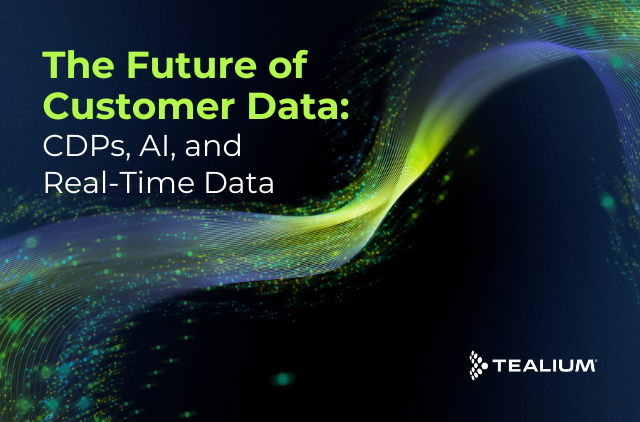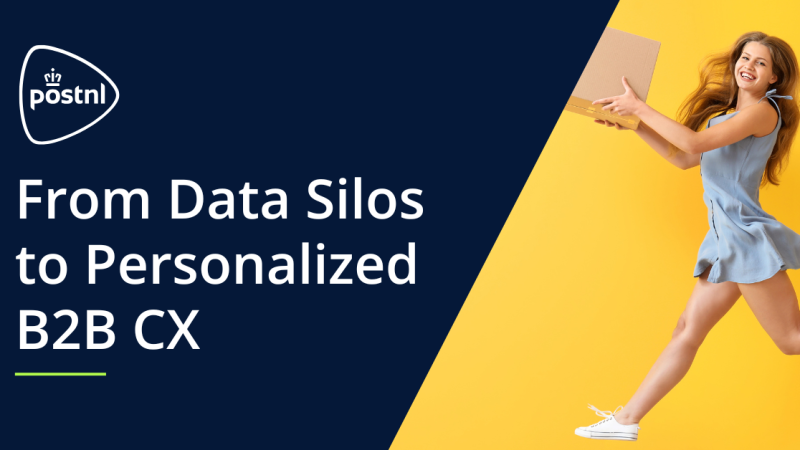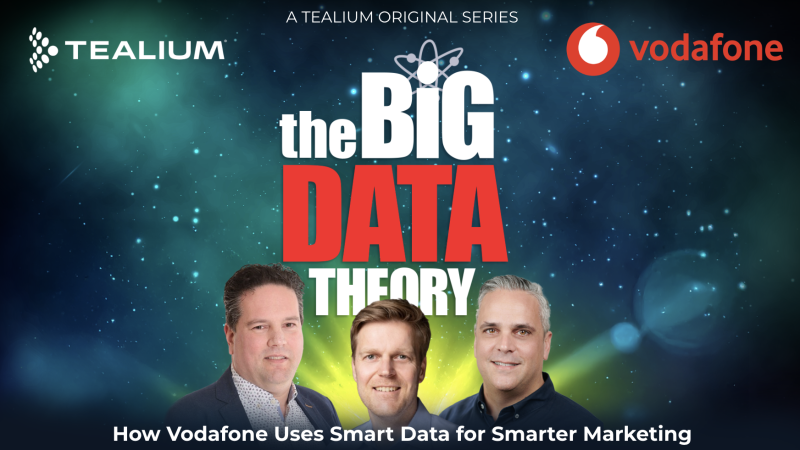In today’s data-driven business landscape, organizations are constantly seeking innovative ways to harness the power of customer data. Two critical components have emerged as key players in this realm: Cloud Data Warehouses (CDWs) and Customer Data Platforms (CDPs). For organizations to have a complete 360 data strategy, businesses should integrate a real-time CDP with their CDW, transforming data insights into actionable strategies for enhanced customer experiences.
How Did We Get Here? The Evolution of CDWs and CDPs
The evolution of data warehousing saw a significant shift from on-premise solutions to cloud-based platforms, starting with AWS Redshift in 2012, followed by Azure Data Warehouse, Google BigQuery, and Snowflake. This transition marked the advent of large-scale data processing in the cloud, enabling organizations to efficiently collect and store extensive amounts of data. Cloud-based solutions have now become integral for businesses, facilitating the analysis and utilization of vast data sets, thereby rendering organizations “data-rich” in terms of storage capabilities.
Concurrently, the Customer Data Platform (CDP) space emerged, with Tealium pioneering our purpose-built product in 2013. The proliferation of CDP vendors in recent years has led to market confusion, as many MarTech vendors incorporate CDP into their products without clearly defining its impact on the organizations employing them.
Historically, marketing departments have been the biggest CDP proponents. In parallel, IT departments have been proponents of CDWs. The challenge is how to better unify data and break down silos between the marketing departments’ CDP and the IT departments’ CDW. IT departments are now seeing CDP requirements that appear similar to what they’ve built out in CDWs. Marketers, who haven’t been users of CDWs, have different needs than those served by CDWs for IT users. The decision to find the right CDP comes down to technology strategy and platform functionality. Ultimately, teams should be asking the questions, “What technology architecture do I need to meet my customer experience requirements?” and “Why does a CDW need a real-time, flexible CDP?”
Why Does Your CDW Need a CDP?
At first glance, there seems to be a lot of overlap between CDPs and CDWs. In many cases, there is. When browsing through the websites of CDPs and CDWs, you will see common terminology like Data Collection, Data Storage, Identity Resolution, Insights and Reporting, and many phrases like Single View of The Customer. However, an important difference lies in speed. A CDP like Tealium works in real-time, meeting your customer in the moment to vastly improve business outcomes. However, a CDW must wait until data flows into the warehouse and comes to rest before it is actionable. If you just use a CDW (without a real-time CDP to complement it), you are missing out on the ability to meet and interact with your customers in the moment.
So, why does your CDW need a CDP? And how should the two function cohesively? We believe that your cloud data warehouse requires a flexible and real-time layer and complement (like Tealium’s CDP). That complement needs to:
- Work in real-time to keep up with customer needs
- Be flexible in getting data and sending data to work with a complex data landscape
- Be accessible across your business departments (eliminate data silos)
Think of this cohesive package as your Customer 360 Data Strategy.
Why Should You Integrate Your CDP and CDW?
Tealium’s CDP set out to address a specific challenge: enabling organizations to capture and utilize customer data in real-time to improve customer experiences and syndicate standardized data across your organization. We have continued to pursue this mission of enabling organizations to achieve their real-time personalization ambitions with a real-time CDP.
Now, as the industry matures, many organizations are driving the adoption of a CDP for better and more personalized customer experience. However, not all CDPs are created equal. Many CDPs are looking to be the single source of truth for the storage of customer data, leading to overlap between the CDW and CDP.
IT and data teams may have already implemented CDWs to centralize large amounts of customer and enterprise data. These teams see the CDW as the single source of truth for their “Golden Customer Record”. Consequently, many organizations now have a Customer 360 hosted in their CDW. And now, marketing teams are asking to bring in a vendor that is calling themselves a “Customer Data Platform” and promising a single view of the customer. This leads the IT teams to question this decision and step in to help evaluate.
With organizations in this scenario, the role of unifying enterprise data along with lifetime customer data has shifted to the CDW. This shift results in IT teams not seeing value in a CDP and/or not seeing a spot for a CDP in their tech stack. And with some CDP vendors, this thinking is right. However, for organizations looking to solve the primary requirement of creating a personalized customer experience across customer touchpoints, then choosing the right CDP to integrate with your organization’s CDW is a critical decision.
What Is The Best CDP for Real-Time Data?
The right CDP for organizations who have a centralized view of their customer in their Data Warehouse should be a real-time CDP that acts in the moment. A real-time CDP provides access to new data and enables organizations to personalize their customer experience in the moment. A CDP’s primary responsibility should be capturing real-time customer interactions and unifying them to the lifetime customer data from the CDW to automate the data transmission to the appropriate channels. While the CDW handles large-scale data processing and creates the golden customer record, the CDP takes charge of real-time activation.
 What Is Tealium’s Unique Approach?
What Is Tealium’s Unique Approach?
In the crowded CDP market, Tealium continues to innovate with our unique approach to real-time data and flexibility. We are the fabric connecting customer interactions to lifetime customer data hosted in a CDW to enable real-time personalized experiences. This approach meets the needs of IT teams while providing marketing and business teams with a powerful set of tools to elevate the customer experience.
What Is The Importance of A Modern Customer Data Architecture?
A modern customer data architecture should seamlessly unify an organization’s customer data with customer interactions, delivering personalized experiences in real time. When integrated with Tealium, your CDW can continue to create a comprehensive Customer 360 data strategy, unlocking new opportunities for enhanced customer engagement and satisfaction.
In the era of data-driven decision-making, organizations must harness the full potential of their customer data. By combining the capabilities of a CDW with a real-time CDP like Tealium, businesses can bridge the gap between insights and action. This integrated approach empowers organizations to deliver personalized experiences, driving customer satisfaction and business success in today’s competitive landscape.
Related Reading: Take a Composable Approach with Tealium: An Architectural Discussion for Customer Data Management








